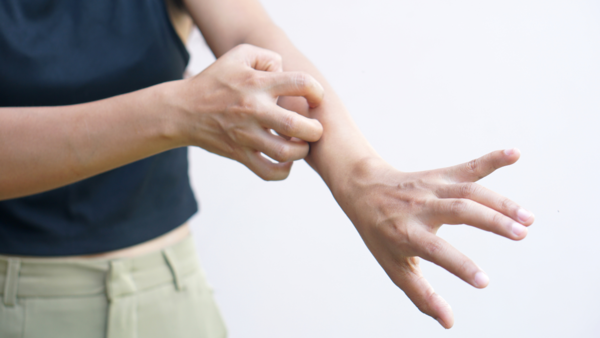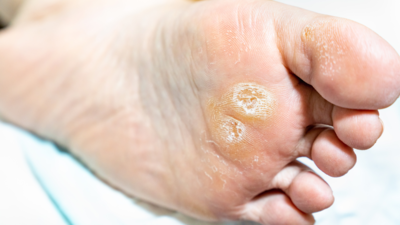Your body uses blood sugar (blood glucose) as its main energy source, and diabetes develops when this level is too high. According to the World Health Organization (WHO), 4% of adults aged 18 and above were living with diabetes in 2022, a condition characterized by persistently high blood sugar levels. Diabetes comes in two varieties:
Your body doesn’t produce enough insulin if you have type 1 diabetes. Although you can develop the illness at any age, doctors typically identify it in children and young people. You will require insulin every day.
The most prevalent kind of diabetes, type 2, is caused by improper insulin utilization by the body. Being fat or overweight, or having other family members with diabetes, increases your risk of developing the condition.
Diabetes can cause several complications, including kidney disease, nerve damage, and retinopathy. Early diagnosis through symptom recognition is crucial for effective management of the condition. High blood sugar levels can manifest through various symptoms in the extremities, particularly in the hands and feet. Some of them are mentioned below:
Dry damaged skin
One common sign is dry and cracked skin, especially around fingers and heels, caused by diabetes-related dehydration.
Tingling sensation
Peripheral neuropathya type of nerve damage in the extremities, is another indicator of high blood sugar. This condition can cause persistent tingling, numbness, or “pins-and-needles” sensations in hands and feet.

Sensitive nerves
Prolonged high blood sugar can increase nerve sensitivity in hands and feet, leading to heightened discomfort from normally harmless activities like wearing shoes or typing.
Skin infections
People with elevated blood sugar levels are more susceptible to infections, particularly in their hands and feet. Minor wounds, cuts, and blisters may heal slower than usual and become more prone to infection due to the body’s compromised ability to fight off infections.
Calluses
The formation of calluses, especially on the feet, is another symptom of persistent high blood sugar. This condition can result in thickened and hardened skin as the body attempts to protect itself, with the possibility of worsening if blood sugar levels remain elevated.
Early recognition of these symptoms allows for timely diagnosis and treatment, helping prevent more severe complications associated with diabetes. Regular monitoring of these signs can help in better management of the condition.








